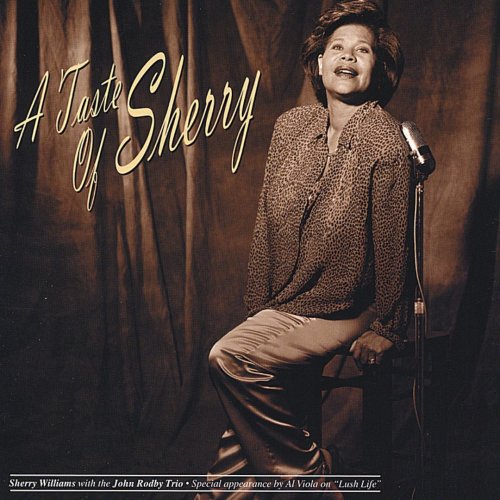Bradford Reed - What's Good for the Goose Is Good (2019)

Artist: Bradford Reed
Title: What's Good for the Goose Is Good
Year Of Release: 2019
Label: Youngbloods – YBZ027
Genre: Experimental, Ambient, Instrumental, Avant-garde, Free Jazz
Quality: lossless (tracks)
Total Time: 47:48
Total Size: 225 mb
WebSite: Album Preview
TracklistTitle: What's Good for the Goose Is Good
Year Of Release: 2019
Label: Youngbloods – YBZ027
Genre: Experimental, Ambient, Instrumental, Avant-garde, Free Jazz
Quality: lossless (tracks)
Total Time: 47:48
Total Size: 225 mb
WebSite: Album Preview
1. Waterfall of Invisible Nymphs (04:54)
2. What's Good for the Goose Is Good (04:56)
3. Waves of Wind through Tops of Trees (06:07)
4. Birds of Pairs of Dice (04:44)
5. Magnetroception (05:16)
6. A View with No Rooms (04:56)
7. The Business of Leaves In Streams (04:23)
8. Clouds Once Fathers (04:40)
9. One Forward, Two Back Out (03:40)
10. Lullaby of Good Consequences (04:12)
NYC’s legendary avant-garde composer & performer Bradford Reed presents "What's Good For the Goose Is Good", his first instrumental album in over 13 years, available on limited edition 12" vinyl LP and digital formats.
“What’s Good for the Goose Is Good” is driven by the pencilina, an electric ten stringed collision of the hammer dulcimer, slide guitar, zither, and fretless bass. Invented by Bradford in the late 80s, the pencilina was a staple of his NYC street performances throughout the 90s. Now brought together with a modular synthesizer, Bradford’s latest work features lush, spontaneous compositions written collectively with an ensemble of acclaimed experimental and free jazz musicians, with each piece emblematic of the tightly bonded friendship shared between its performers.
Recorded at his own studio and at Pioneer Works in Brooklyn during his 2018 residency, “What’s Good for the Goose Is Good” features the indelible talents of saxophonists Daniel Carter and Nicole D’Agostino, pianist and synthesist Hoppy Kamiyama, guitarist Zach Layton, and vibraphonist Rae Howell.
A body of work as striking, dynamic, and beautiful as anything he has ever produced, “What’s Good for the Goose is Good” is Bradford’s homage to the strength of creative symbiosis:
“I’ve been improvising with the musicians on these recordings for years. We’ve become familiar with each other’s respective tendencies as we compose spontaneously. These pieces can be regarded as sonic travelogues of the musical paths that we commonly travel on together.”

![Gérald Fried - The Crime Dramas - Cry Baby Killer / Machine-Gun Kelly (Original Scores)(2025) [Hi-Res] Gérald Fried - The Crime Dramas - Cry Baby Killer / Machine-Gun Kelly (Original Scores)(2025) [Hi-Res]](https://img.israbox.com/img/2025-12/09/6at4m83rs656g9uhmr9b6j2a1.jpg)






